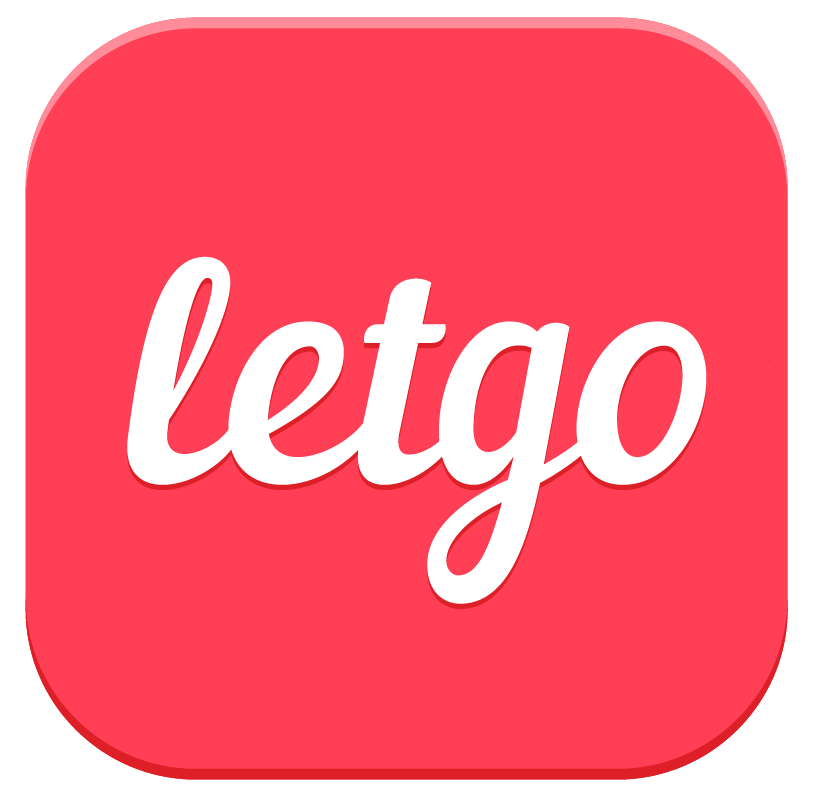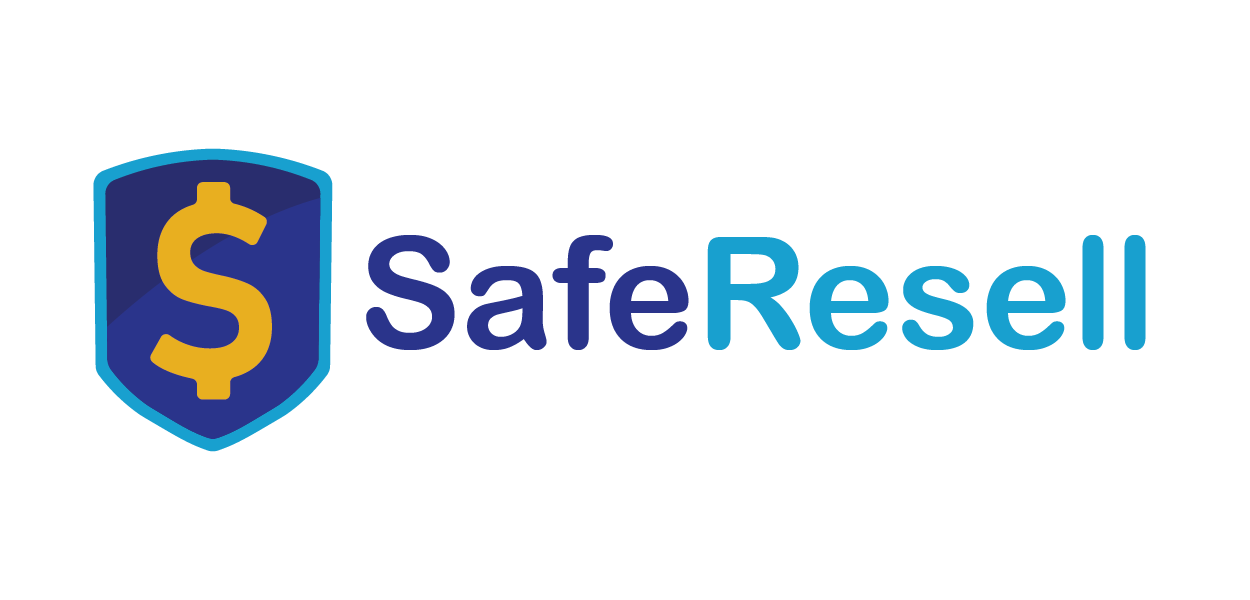attitudinal & behavioral research / re-commcerce / iterative design / feature testing / discovery research / service design
Key contribution and impact:
I brought SnowSwaps, an idea on the back of a napkin to a high fidelity interactive mockup by using Figma and the UserZoom platform with the design thinking process to prove that any company at any stage of growth can utilize UX Research and make it an imperative piece to their design and development process.
Goal:
Show low-maturity UX design teams how UX research from the earliest stage of an iterative design process can impact the final deliverable. Incorporating UX Research into your design thinking process provides massive value towards conversion and usage by validating or invalidating product questions, and can influence or impact the design direction. Ultimately, UX Research helps you build interactive design concepts that showcases users’ ability to inform design at every part of the design process. Forming a generative idea around a design concept to a wire frame design to full-fledged interactive prototypes and mock ups.
Process:
I wanted to put myself in the designers shoes, and use the design thinking process to build a full stack web-app from a generative idea. At the discovery phase, I follow this ideate, create, iterate process throughout the case study, which is currently ongoing.
Design thinking process followed for this case study
Phase 1
Discover generalized attitude and behaviors around purchasing used equipment online:
At the discovery phase, I asked what are the current gaps in the used online sales market? I wanted to identify how Individuals have traditionally bought and sold used gear through digital platforms. To do this, I ran an initial survey to understand who might use this app, and how they have gone about selling used equipment previously. This is the first step to discover who, what, where, and why people buy/sell used gear online, and reveal important features for the application. After a pilot of n=5, I launched to a pool of n=50.
I wanted to pressure test or ideate around creating a specific application that would allow people to exchange snow gear and wanted to see what the available market space looks like. Winter recreation specific, I needed to identify if there was a potential to build an application that served as a trusted vendor for used snow gear. So I ran two surveys, one for people who buy used sports equipment, and one for people who sell used sports equipment online to understand their motivations, hesitations, and expected experiences. Asking, how comfortable are you selling to people you don't know? What encourages you to buy/sell online? Secondary research, looking at traditional methods of selling and buying used equipment.
Insight/finding:
What I discovered is that, convenience and price drive motivation behind buying and selling used items online. If I were to get anthropological, I would do more research to find out if there is an underlying theme behind that motivation.
Now that we know what drives motivation, I needed to understand what drives usage and conversion. I found out that in traditional online used sales, there’s a lack of trust in buying and selling items (buyers are worried items wont be as expected, and sellers are usually worried about being ghosted)
Another interesting finding was when asked “Imagine you are going to sell some used sports equipment online, either for yourself or a family member. What concerns you about selling used sports equipment online to someone you don’t know?” SELLERS SAID - safety, payment, and ghosting were their biggest concerns. BUYERS SAID- condition, and worried the seller doesn’t actually know all that much about the item.
I started noticing an “our tribe” theme emerging.
Phase 2
Definition Phase: Who is our user, what do they value, and is there space for this in the market?
In this phase, I wanted to understand usage and dive deeper on attitudes behind used item sales SPECIFICALLY in ski and snowboarding equipment. While digesting my previous research I begun hand sketching. I needed to understand what’s already out there, who’s doing it well, what is the downfall of selling or buying winter gear on those websites, and what is the benefit to selling or buying winter gear on those websites?
Using the research findings and a competitive analysis between current used item sale vendors, I pushed hand sketched low-fi wireframes out as fast as possible to get important feedback on the design direction, and valued features to validate further prototyping.
What I did:
I identified how individuals have traditionally bought and sold used gear through digital platforms, and began testing the hand sketches to see what features resonated with research participants who are involved in this winter recreation community. I also used this opportunity to validate the attitudes and behaviors that were revealed from the previous study.
Findings:
Often times, sellers sell quick and use the profit from used gear, to find used items for a bargain price and new to them, validating a virtual wallet feature using QR codes to process transactions. The “our tribe” theory returned, showing people are significantly more inclined to sell to people who are involved in the same hobbies as them. Expected condition seemed to vary, and was a focus of the following study. What condition means to the user, . Media and Trust
““it gives a good feeling that i am giving to or buying from someone who sails in the same boat as me and has similar thoughts””
Phase 3
Ideation phase: Onboarding & establishing trust through concepts and features
Creation / ideation
Designing a historically in person experience, to a digital one is tough. I used the findings to build a data driven prototype based on research participants responses from previous hand sketches. Testing the use of QR a code flow and listing an item flow. In person, people can more quickly build trust, or judge how much they can trust someone. Not being able to trust is the issue I was seeing in the used online item purchasing market. I set to create a solution that establishes trust in the buying and selling experience, by designing and testing a purchasing and onboarding flow. Quality control of what is being posted on the platform, and receiving the items in a condition they expect it to be was an immediate concern of the participants. If I can control the quality of items being posted, it minimizes the moderation step in the business process. If successful, it will cut back on employee workload and allow employees to focus their efforts in different areas.
Findings
Checkout was an issue. discoverability was low for using the QR code
Overall 50% of participants said they’ve either never used a QR code to pay for an item previously or dont know how to use a QR code.
Possible resolution- Messages on checkout screen should say “ask your seller to pull up their qr code to continue to checkout”.
Likelyhood to use virtual wallet: When asked how likely or unlikely they were to use a virtual wallet 70% of all participants are likely to very likely to be willing to use a virtual wallet to buy a snowboard, but 35% found it inconvenient to very inconvenient to use the v wallet,
30% are unlikely willing to use the v wallet because they would like to use credit card or paypal because they come with cash rewards, security/PPI too spread, can dispute charges, and easier to track their financials (keep it all in one place… or as few places as possible). When asked why a user prefers PayPal to a virtual wallet, they responded: “PayPal let’s me allocate my money away from my family checking, but it’s not tied to one seller. I can buy sports items or makeup. And if there’s issues with a professional seller, PayPal has guarantees for the buyer.”
Users selected payment method before items condition. Users wanted to make sure they were part of rewards and/or add money to their account at checkout
Phase 4 Prototyping
Designing for future research:
People are open to this new way of buying and selling items, however there is a need for a very strong onboarding experience so users understand how to use this historically in person experience - on boarding, rewards, and out tribe are the biggest themes that prove a place for this product in the market. As part of an ongoing case study, I have a clearer design direction using this design thinking process because of the validation of my third round testing. I can continue prototyping rich experiences that meet the users’ needs.
Next designs will be focused on payment and reward ideas. How do users gain points? Based on how many purchases you make, or by a dollar amount? Further, to continue the “Our Tribe” theme, partnering with local ski resorts could enhance that theme. Becoming a rewards member could bring you prizes, free ski pass or lift ticket, free rental for a friend, discounted season pass, perks at ski and snowboard resorts or ski shops, Reward point perks based on where you ski/snowboard.
Next Prototyping steps:
Discoverability/ control:
-Make QR codes more discoverable throughout prototype
-Prevent errors by making information buttons more discoverable
-Opportunity to join rewards “add credit card” at checkout.
Mental Model/ feedback:
-Provide reassuring messages or maybe a walkthrough guide
-Add affordance/signifier for QR code to complete purchase
Quality control measures are in the users’ hand by incorporating it in the listing process
Phase 5 Testing
Tone and mood definition / testing
Research:
Next Research steps:
-Test listing experience-Test event creation
-How can we get users to find virtual wallet more convenient?
-Where do users want information icons?
-How can we get users to feel same security and safety using virtual wallet as PayPal/credit card?
Features:
Introduce a walkthrough
resource center
Add a support page and see if users can figure out problems on their own using that.
Conclusion: The Design Thinking Process
Next Steps: Learnings and takeaways: (What I would do differently next time)
People are considerably more confident when buying from people involved in the same hobbies. We’ll continue doing design validation and iteration based off of lessons learned.
Design critiques, such as dot voting or a kano analysis on features that should or should not be added might add a lot of value to next iteration. That means designing features that might not be used, but could generate an idea later on. A lot of features will be too mature to include initially.






























